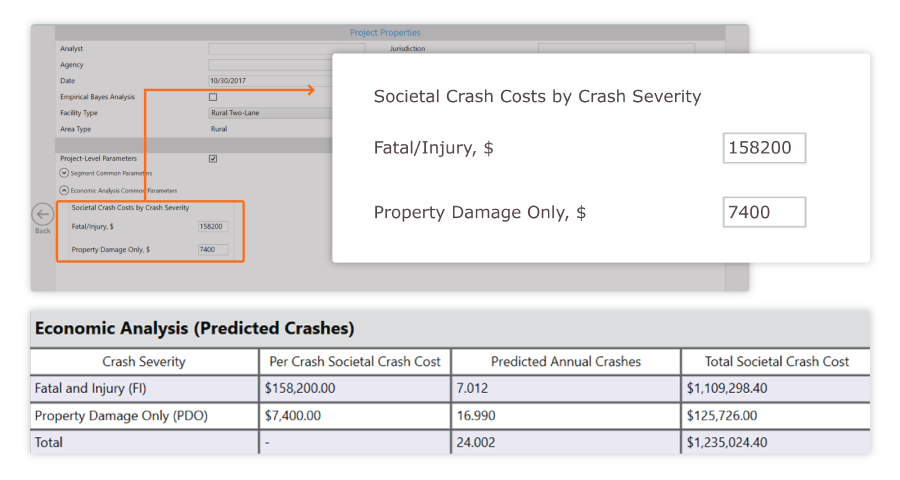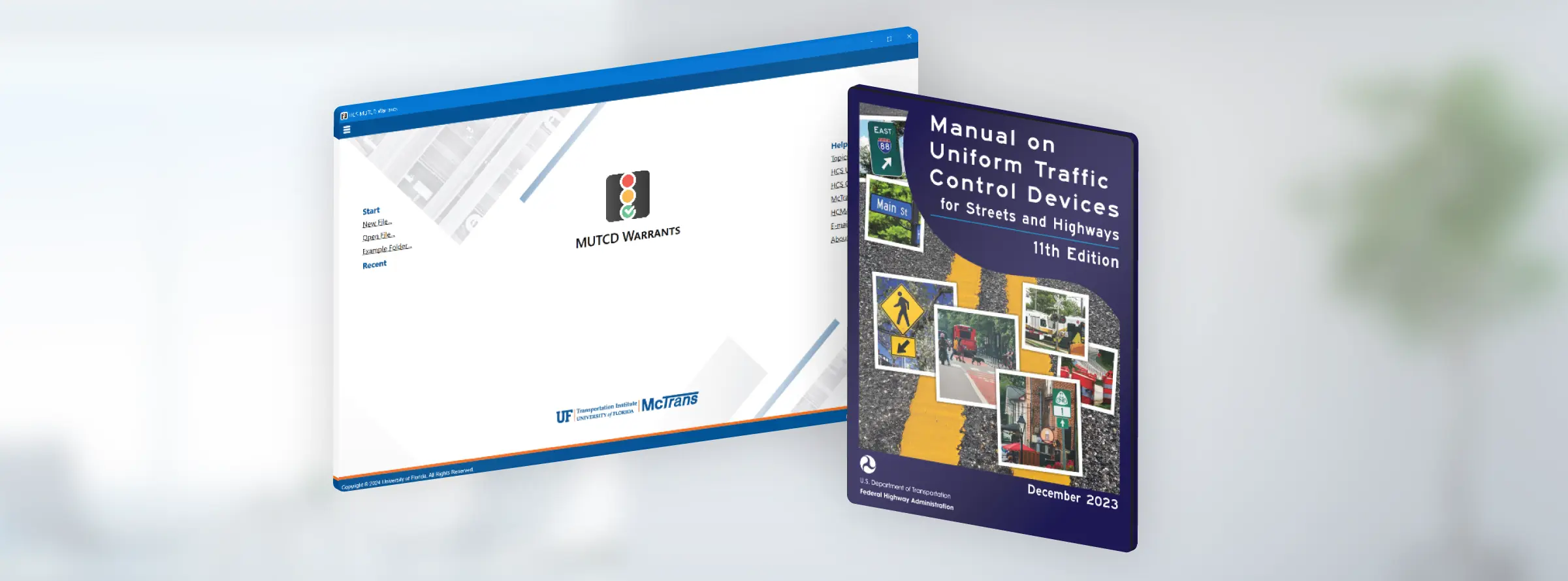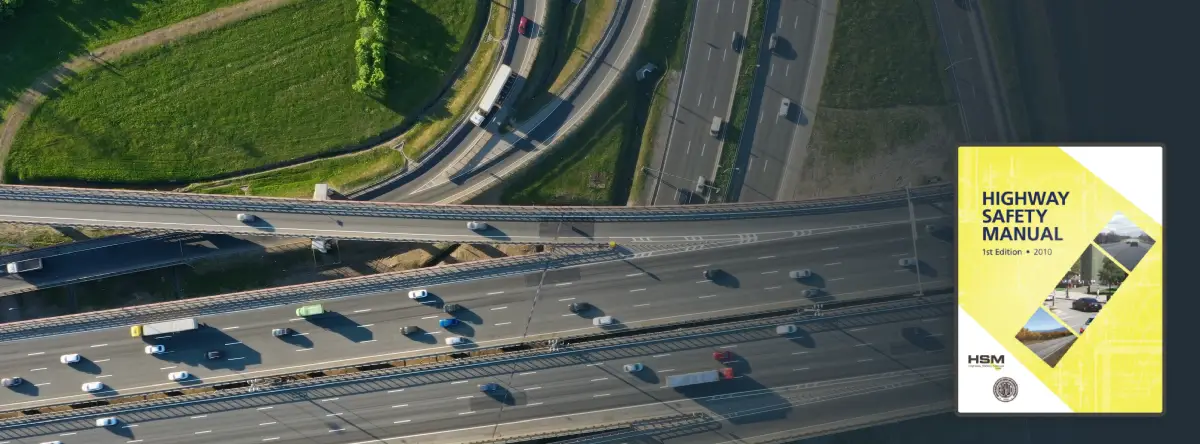Estimating the cost of crashes due to the impact of a safety treatment has been challenging for decades. Most decisions are based on consideration of factors for which quantitative information converted into crash costs are frequently employed to justify economic roadway safety investments. Following these lines, the combination of crash prediction models of the Highway Safety Manual (HSM) and crash costs has become a natural path to quantifying safety benefits as a result of road improvement to evaluate substantive safety.
According to the Federal Highway Administration, substantive safety is the actual long-term or expected safety performance of a roadway. This would be determined by historical crashes over a long time to provide a high level of confidence in the predicted/expected crashes of a location or highway.
Although we have established and accepted methods for the implementation of substantive safety, crash costs still may vary from one place to another, thereby impacting safety benefit-cost analysis (BCA). This customization may require establishing robust knowledge base tools that allow practitioners to perform data-driven safety analyses of roads.
To support practitioners and researchers to combine crash analysis that directs to crash cost, the Highway Safety Software has implemented parameters for Economic Analysis along with HSM Crash Prediction Models. Currently, the implementation is available for all facility types addressed in HSM. HSS allows inputting customized values on the GENERAL tab, and the results of crash cost by severity are displayed on your choice of formatted and text report.





